views
Spray-painting a lawn may sound unusual, but many homeowners find it a practical solution when facing brown, lifeless grass during winter. Warm-season grasses like Bermuda, Zoysa, and St. Augustine enter dormancy when temperatures drop to around 55°F. This physiological response helps grass survive colder weather but leaves your yard covered in brown or yellow patches, creating an unappealing landscape.
Dormancy, however, is temporary. When properly maintained, these grasses should recover their lush, emerald-green color when favorable conditions return. In the meantime, green grass paint offers a quick fix to improve your lawn’s appearance so it looks lush and healthy even during winter.
Grass Paint—What Is It and What It Isn’t
Grass paint is a non-toxic, water-based pigment designed to revitalize discolored lawns. Unlike conventional spray paints, grass paint allows sunlight, water, and nutrients to penetrate the blades, so it doesn't disrupt grass growth.
Key ingredients often include pulverized kaolin—a soft mineral commonly used in ceramics, medicines, and toothpaste—or organic matter from decaying plants. These components create a lawn spray that provides a natural and uniform green shade. Grass paint acts as a top coat, effectively covering dead spots, brown patches, or areas discolored by dormancy, pet urine, or other factors.
However, it's important to remember that grass paint is not a permanent solution or a substitute for lawn care. While it temporarily improves your lawn's appearance, addressing underlying problems is essential—and if the damage is beyond recovery, laying sod can provide an instant, long-term solution for a beautiful green lawn.
Is Grass Paint Safe?
Initially developed for professional golf courses and athletic fields, grass paint has evolved to meet the needs of residential lawns. Modern formulas are a mix of water, pigments, binders, and additives and are safe for pets, humans, and the environment when used as directed. They provide an instant green-up without harming the grass or nearby plants. However, it’s essential to exercise caution during application, as grass paint can stain hard surfaces like concrete, fences, and garden pathways.
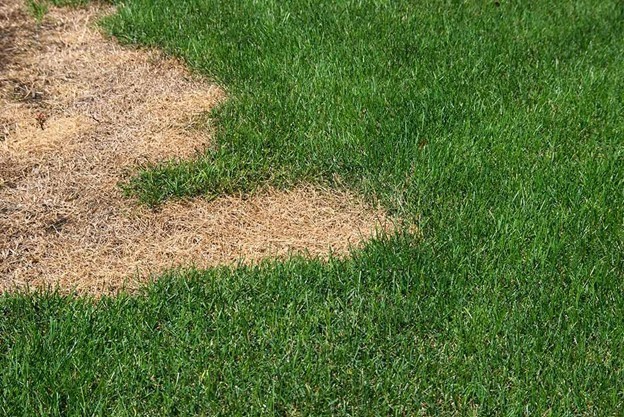
Should You Use Grass Paint?
In regions like Florida, warm-season grasses rarely enter full dormancy due to mild winter temperatures. Instead, their growth slows, and the grass may appear dull. Before reaching for grass paint, it’s crucial to evaluate whether your lawn’s discoloration stems from dormancy or underlying issues like pests, diseases, nutrient deficiencies, drought, or pet urine damage.
That said, grass paint can be an excellent supplementary solution during recovery instead. Once you address the root problem, you can spray paint to maintain a uniform, green appearance while the lawn recovers. Remember, grass paint is temporary, and your lawn’s health depends on solving the underlying cause of discoloration.
If the issue is more severe than dormancy, sod installation is a better long-term solution. Unlike grass paint, which temporarily masks brown spots, sod provides instant coverage and is a permanent fix for lawns damaged by pests, diseases, or poor maintenance.
How to Use Grass Paint
Applying grass paint is straightforward, but proper preparation is crucial for achieving the desired color and coverage. The general instruction is to dilute the grass paint with water, adjusting the ratio for a lighter or darker shade. Then, use a pump sprayer to evenly coat discolored areas and allow at least 30 minutes of sunlight for the paint to set.
The paint usually lasts 6 weeks to 3 months. However, mowing will remove the paint along with the older blades, so reapplication is necessary for consistency.
Sod Installation—A Long-Term Solution to Lawn Discoloration
Grass paint is an appealing short-term fix, but remember that it will not address severe damage or permanent lawn issues. For areas where grass fails to regrow—whether due to pests, diseases, or poor soil quality—installing sod is the best option.
Sod provides instant coverage and transforms dead grass into a thriving, lush lawn. It’s particularly useful when the damage is extensive, as it restores your yard’s aesthetic value and functionality immediately. With proper maintenance, sod provides a beautiful green lawn for the long term, eliminating the need for temporary solutions like paint.
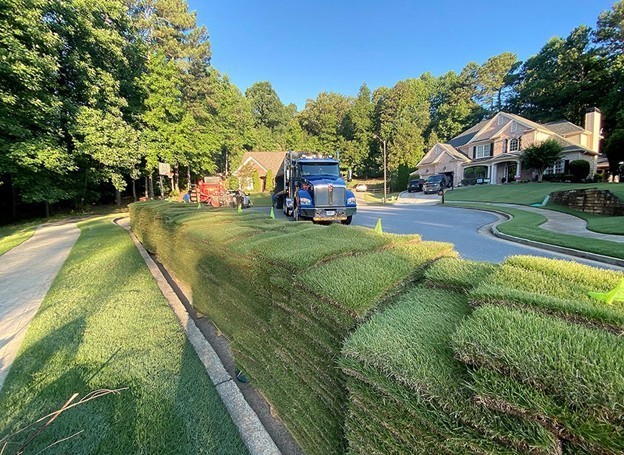
Final Thoughts
Spray-painting your lawn in winter may seem unconventional, but it’s a practical solution for maintaining an attractive landscape during dormancy or temporary discoloration. Grass paint offers an easy and safe way to rejuvenate brown spots and temporarily improve your lawn’s appearance without harming the grass or surrounding environment.
However, it’s essential to remember that the keyword with grass paint is “temporary.” While it offers a quick fix to mask discoloration, it doesn’t resolve the underlying issues affecting your lawn’s health. For a more permanent solution, options like sod installation provide durable, lasting coverage to restore your yard fully.















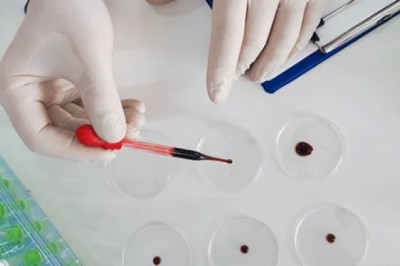



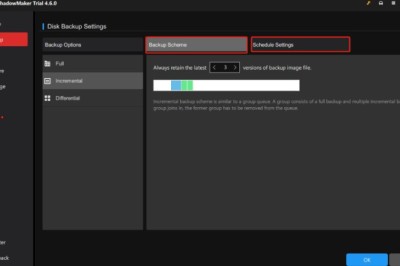
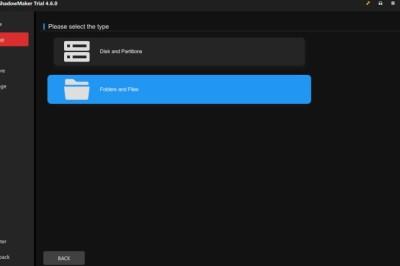
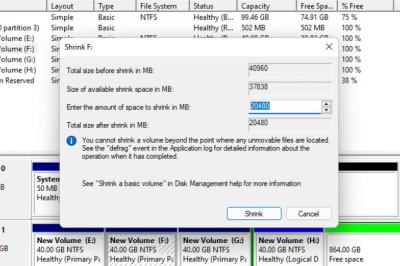

Comments
0 comment